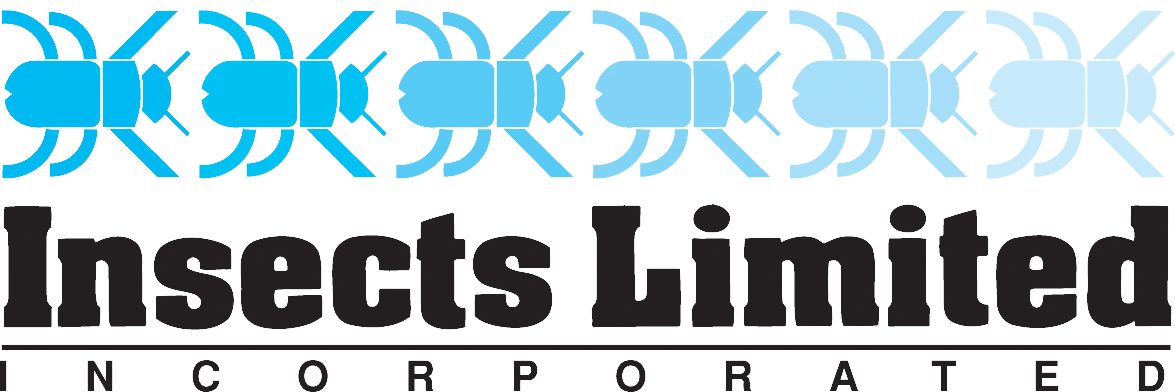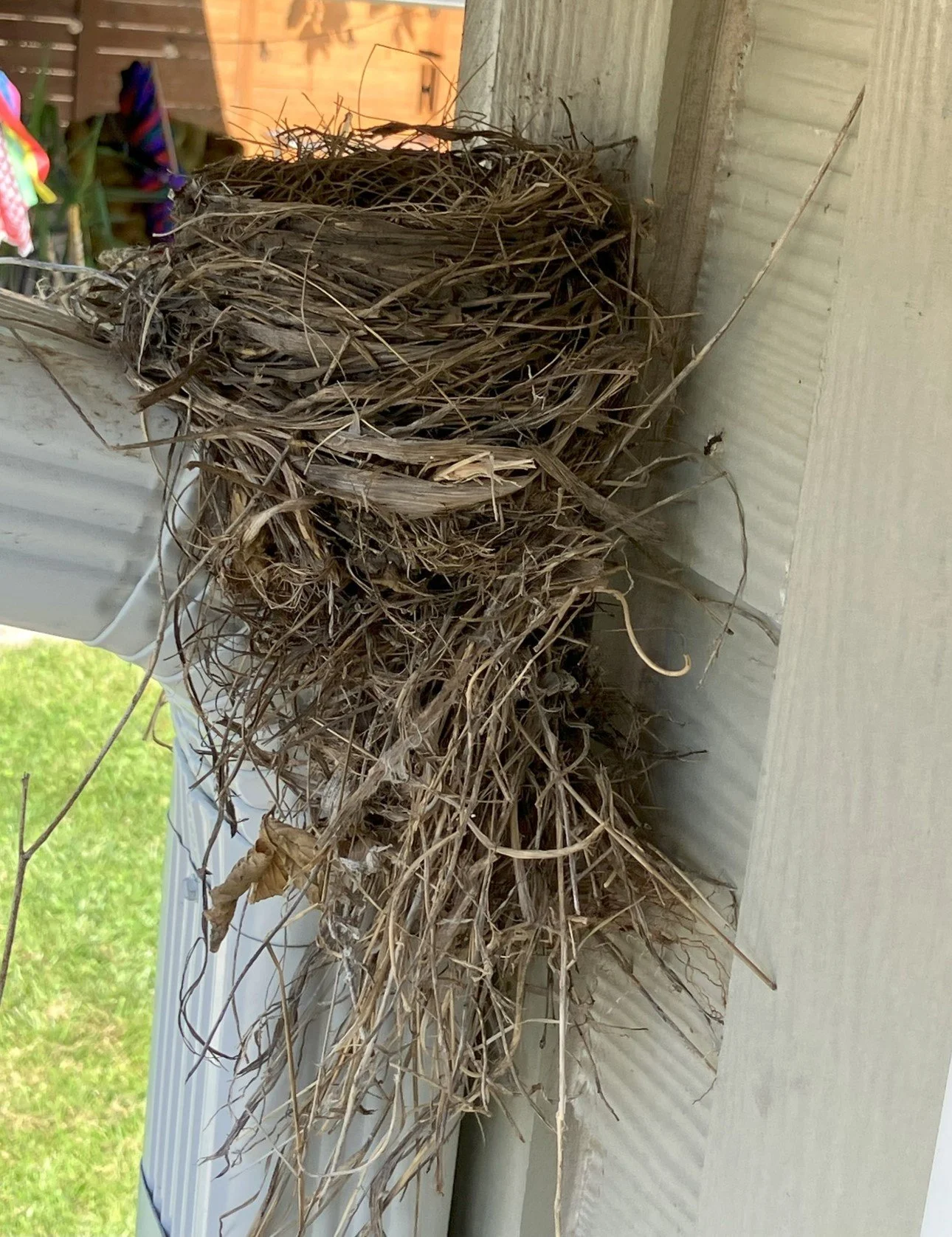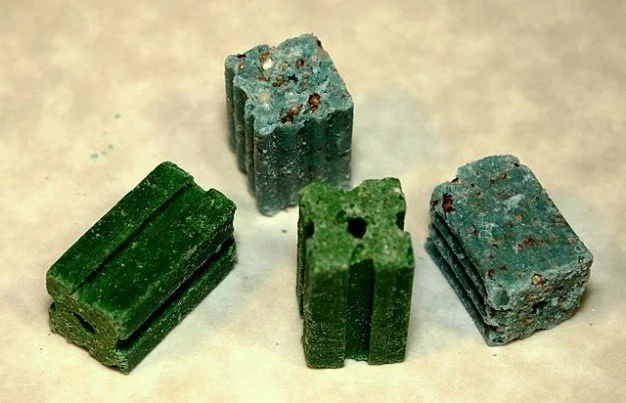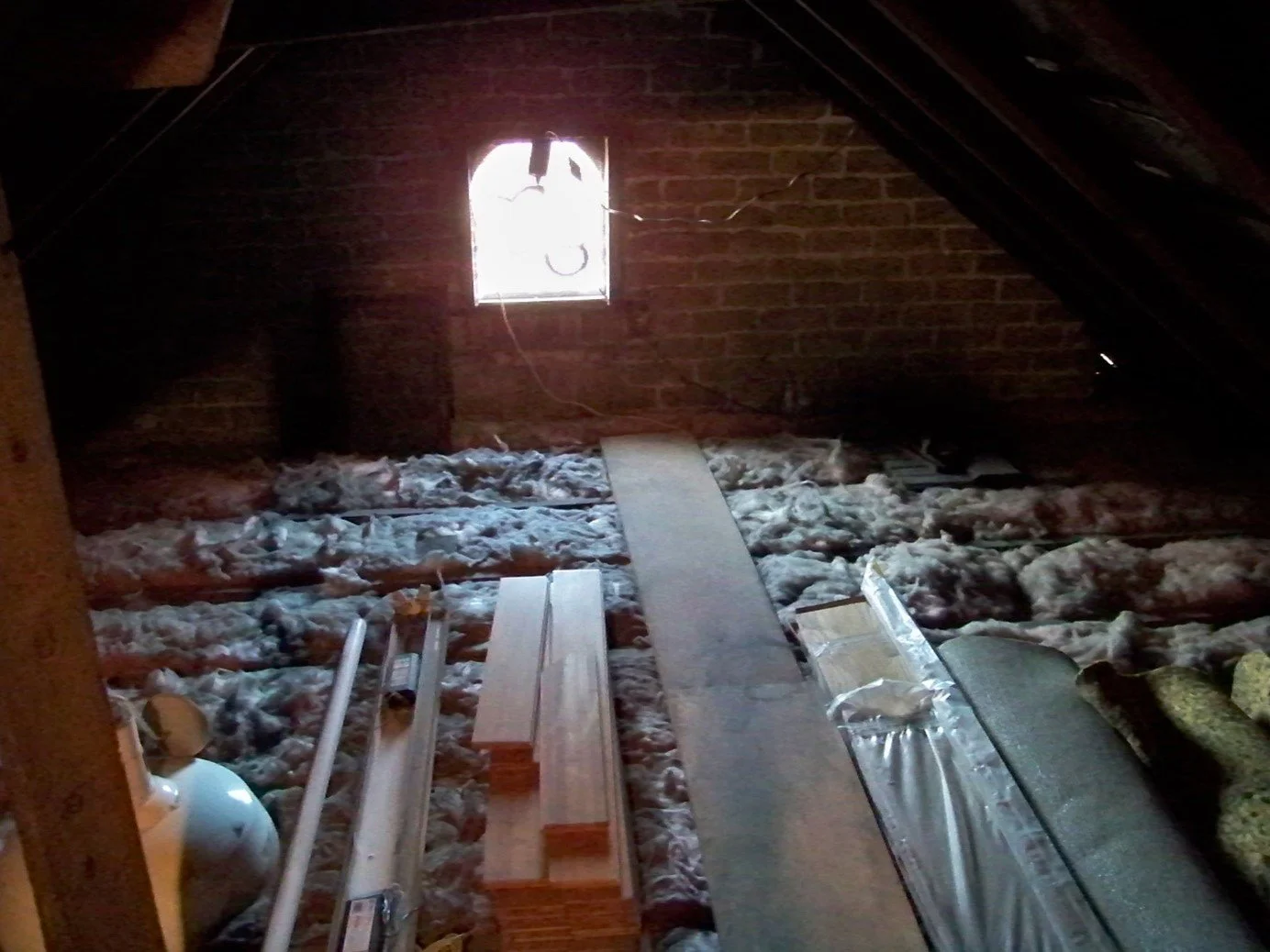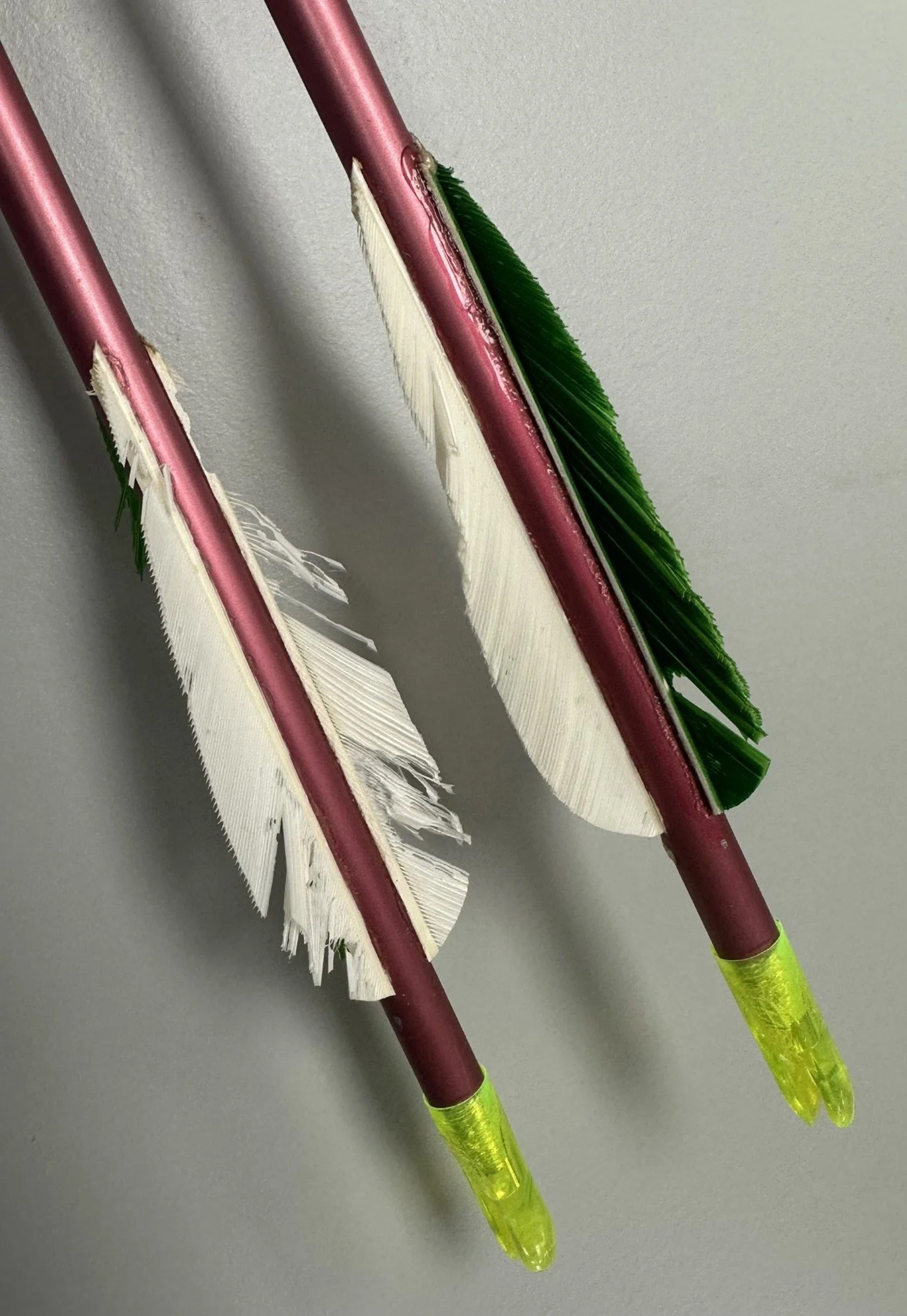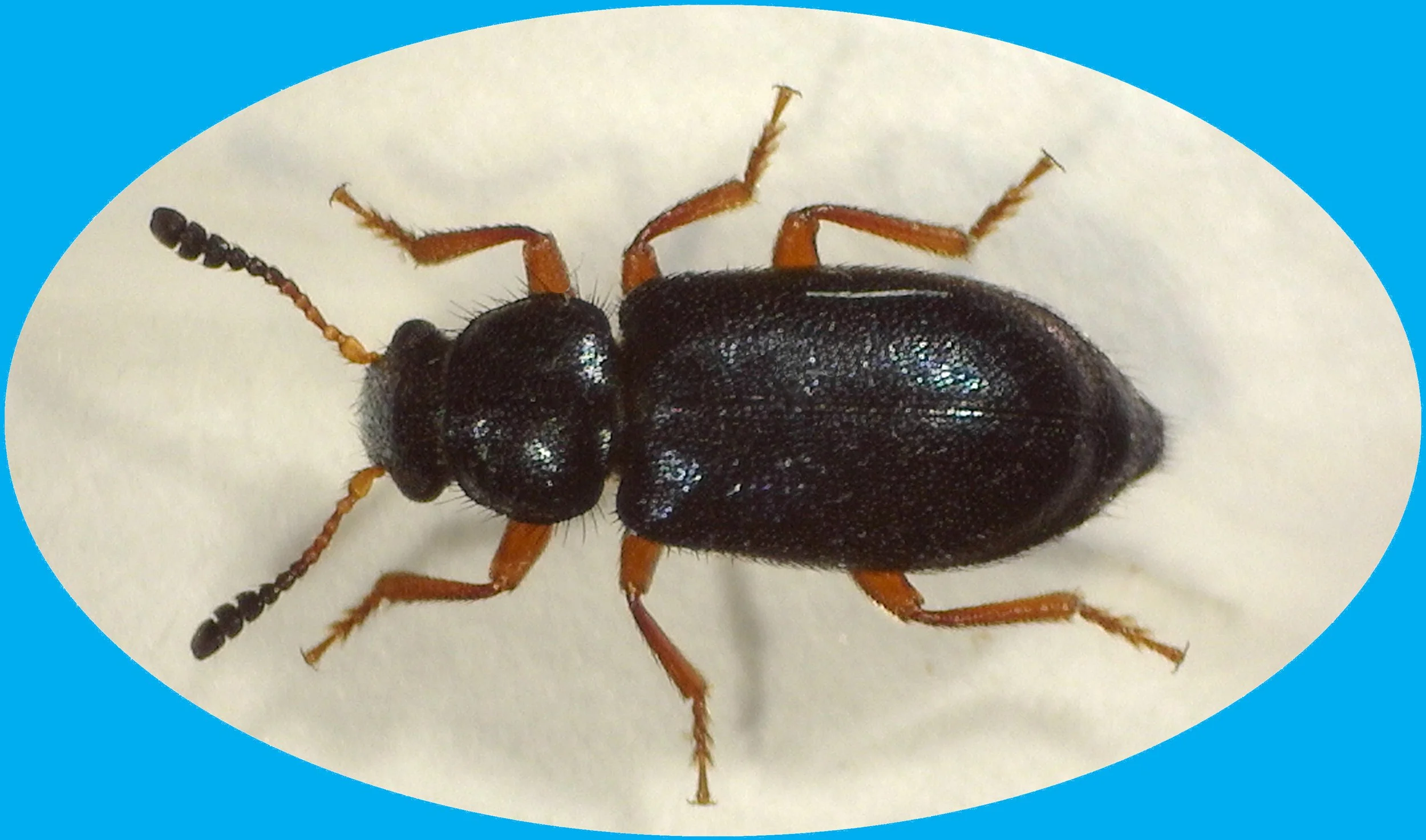Hide and Seek with Bugs: Stories of unintuitive causes of pest problems
Written by James Feston, BCE
On one hand, solving a pest problem is simple: find the source of the pest and remove it. I recall an experience with ants a while back. During a messy breakfast, syrup had gotten on a shirt that was subsequently moved to the laundry room where it didn’t quite make it into the washing machine — oops! About an hour later, I discovered a trail of ants leading from the old drafty back door to the ants’ sugary prize. One laundered shirt and a trip to the hardware store for a new door sweep later, the ant problem was solved. In this case, the solution was simple, but over the years I have listened to some really interesting pest stories and had the opportunity to coach people through to the other side of some very unintuitive issues—even where the homeowner was ready to burn it all down and start over somewhere new.
The following is a list of some of the most interesting, and hopefully helpful, stories and tidbits to help you win a game of pest hide and seek.
Indian Meal Moths and Birdseed
There isn’t just one story for this one. I take calls about pantry moths that regularly go like this:
Caller: “There are clothes moths everywhere!”
Me: “What color are they? Can you send a picture? Okay, it looks like what you’ve got are Indian meal moths.”
Caller: “I don’t have anything in my pantry, and no food is infested.”
Me: “Do you have bird feeders? Do you store birdseed in the garage or shed?”
Caller: “Yes, let me look… Yes, it’s completely infested.”
Additionally, even if the bag or box isn’t infested, the birdseed once in the feeder can be spread around by birds and squirrels, allowing outdoor populations to feed on it. When these feeders are located close to a window or door, the moths often make their way inside.
Fireplaces and Moths
Monitoring for pests is essential to making data-driven decisions. However, there are times when monitoring can create confusion if deployed incorrectly. Many customers use clothes moth traps, combined with sanitation and treatment, to get rid of clothes moth problems. In many cases, homeowners actually do all the right things and truly rid themselves of clothes moths, but continue to be frustrated by catches in clothes moth traps, where the moth isn’t what they think it is.
Over the years, I have learned different ways of delicately identifying non-target insects with customers. Callers are often frustrated at the suggestion that they may be misidentifying the pest they have been fighting so hard against. The most common misidentification involves the Webbing Clothes Moth (Tineola bisselliella) and the Brown-Dotted Clothes Moth (Niditinea fuscella), along with close relatives. Many formulations of clothes moth traps are attractive to both species.
Webbing Clothes Moths do not live in the wild and are transported from place to place by humans. The Brown-Dotted Clothes Moth and its relatives, on the other hand, are fungus feeders that live abundantly outdoors.
I can recall close to a dozen times in the last 10 years when a customer had actually solved their clothes moth problem but continued monitoring afterward, which is a perfectly reasonable thing to do. They remained frustrated by occasional catches. Over time, they often moved traps closer and closer to fireplaces and chimneys because that is where they saw the most activity. This created a kind of positive feedback loop. More and more male outdoor moths found their way down the chimney, adding to the frustration of the homeowner or pest control provider.
Quick Tip: To determine if the moths are coming from inside or outside, try taping a plastic painter’s drop cloth over the chimney opening and placing one trap inside the firebox and another in the same room. If you do not catch any in the room, you will know the moths are coming from outside. Remember that closing the flue damper does not create an insect-proof seal.
Quick Tip: Chimneys that have not been used in some time may contain bird or squirrel nests that harbor carpet beetles and other insects.
Dog Treats and Carpet Beetles
Most pets finish their treats and food immediately, however, some like to stash precious food items or accidentally knock them under furniture where they become food for carpet beetles and pantry moths!
Kitchens and Fallen Food
Much like our pets are sometimes clumsy with their food, adults and especially children can get a little crazy with food and all of a sudden there is cereal in, around, and under furniture. Also, think about all the times you have dropped spaghetti noodles between the gap of the counter and stove! Every time I clean behind my stove I’m convinced at least some of the food debris back there must have teleported.
Quick tip: For time capsule purposes, you could keep track of pasta shapes and the dates you use them, then, when you clean out behind the appliances, you can confirm that the last time you used fusilli pasta was after that Seinfeld episode in 1995.
Bird Nests on the Structure
Birds will happily nest under eves, in and around chimneys, and really any other place their bird brains lead them. After use, they are full of droppings and feathers that make great food for carpet beetles. The proximity of the nests to the structure creates an increased chance for insects to make their way in.
Covid Clothes Moths and Storage Units
More than anything, clothes moths love peace and quiet. I spoke to a customer who owned a pest control company, he had been dealing with a client who had a major clothes moth population on multiple floors of an office building. This was two years after Covid hit, and the office had been vacant since March of 2020. He said the place was a ghost town. After the lockdowns, workers didn’t know if or when they would return and the place was still full of hats, coats, mittens, scarves, etc. some of them being wool. The moths had a field day, 2 years of uninterrupted buffet style cloth dining. The problem was made worse by many of those objects being concealed inside drawers, cubbies, and lockers.
The same principles from the above story apply equally to storage units—especially indoor ones. Quiet and climate-controlled, they are the perfect place to forget about a chest of wool blankets or a horsehair-stuffed chair. Unfortunately, moths can travel between poorly separated units, setting up shop in a never-ending supply of antique wool, fur, and feather items. When you eventually return to retrieve your belongings, you may unknowingly bring the moths home with you.
Are Vacuum Cleaners Insect Proof?
Vacuum cleaners, whether bagged or bagless, are not typically insect proof. It isn’t hard for carpet beetles to set up shop on the hair and food debris in a vacuum. The good news is that emptying it regularly will keep them at bay.
Mummies As Pest Food
Both carpet beetles and clothes moths love fur, and they aren't picky about where it comes from. They'll feed on a dead mouse just as readily as a fur coat. However, these pests usually infest dead animals only after the decomposition has passed the wet stage. They prefer the dry, "jerky" or mummified phase, avoiding the earlier, messier stage where they’d have to compete with other insects that might eat their larvae.
Because of this, I often ask homeowners with unexplained insect problems whether they've had any rodent issues. One homeowner dealing with a clothes moth infestation in her basement later discovered around a dozen dried-up mouse carcasses, each infested with moths, after we discussed the possibility of dead rodents being the source.
Rodent Bait Blocks in the Attic
I have spoken with at least 2 people over the years about lingering carpet beetle problems and discovered that they struggled with rodents in the past. In an effort to control them, they had thrown handfuls of rodenticide bait blocks into the insulation of their attic space. These bait blocks are typically grain based. The rodenticide doesn’t phase insects who will happily make a meal out of them in a nice warm attic before migrating down through gaps and cracks into the living space.
Photo Credit: Scott Arneman
Arrow Fletching Carpet Beetles
Here is another personal pest story, for years I had a quiver of arrows for target practice stashed away in a closet. When I got them out after a decade of storage, the feather fletching wasn’t looking so hot.
I knew the last time I had used them that maybe I was a little rough on them but I wasn’t that abusive! I looked closer and realized there were cast larval skins inside the quiver and knew exactly what happened.
Clothes Moths in the Bathroom/Towels
I have included this as a PSA concerning red herrings while trying to deal with clothes moth problems. So often, a customer calls to give me all the details about their issue and they have determined that their bathroom is the issue.
“It’s where I see the most moths! They are flying around or eating my towel!” But this doesn’t really make sense does it? Clothes moths eat 3 things. Wool, fur, and feathers. There isn’t really food for them in a bathroom. Maybe there is hair in a brush or comb but they will never infest such an item that is used regularly. Towels might seem susceptible but are typically cotton. So what is going on? One of the biggest struggles with being an insect is water management. Imagine being a creature that small and having so little in the way of water, the essential ingredient for life.
It is why insects are typically attracted to spaces with higher humidity so that they can slow water loss. Additionally, clothes moths are relatively poor fliers and tactile cues are a huge part of egg laying behavior. So now we see the situation a little differently. While a bathroom doesn’t have food, it does have humidity, and although not nutritive for the moth, towels hanging on the wall feel great on little moth feet and are big easy landing strips to rest on. Moths love spa days too it seems.
Pet Hair and Clothes Moths
Many people with clothes moth issues are worried about their pets. Thankfully, I can assure them that between the activity level of a pet as well as even the laziest of self grooming, their cat is safe from the moths. However, the hair they leave behind is not. I spoke with a cat owner years back about why she was having such a hard time getting rid of the stragglers after having already eradicated the bulk of the clothes moth problem. After some troubleshooting, we determined that most of the catches were near a couch. She called back after having moved the couch and provided a photo. The cats had used the space between the wall and the back of the couch as a kitty highway from one side to the other and left fur clinging to the back of the couch. Enough had accumulated that it had become actively infested with visible frass and tunnels present. Some deep cleaning of the furniture and trip to the groomers helped stamp out the last of the population.
I always try to remember, especially when a caller is more than 5 minutes into recounting their pest battle, that the psychological component of pest control is an important part of IPM. By the time they are calling me, they are often at their wit’s end and truly feel like they have done everything and don’t know where else to go. Sometimes, they really just want to be heard before they can even entertain the idea of putting more work into their issue. It is for this reason that I tread carefully around suggesting that they take another look at the situation. Put simply, insects are a symptom of a condition, if you remove their food, and you stop new individuals from entering, the problem must stop. Over the years I have learned to listen, validate, and propose next steps, often citing one of the many stories above. If you are still getting insects even after all your hard work, you are still missing something. A wool mitten in the bottom of a basket, a mummified rodent in the basement, a bird nest in the attic.
Of course, when troubleshooting a pest problem, it’s best to start with the most obvious and easy steps, but hopefully this article will help get the juices flowing to figure out the less intuitive solutions.
Related Insect and Pheromone Posts
Read more about insects and pheromones in these related posts:
Product of the Month: All Beetle Trap Kit with RTU Gel Cartridge (IL-2750)
Insects Limited, an Insect Pheromone Company
Insects Limited, Inc. researches, tests, develops, manufactures and distributes pheromones and trapping systems for insects in a global marketplace. The highly qualified staff also can assist with consultation, areas of expert witness, training presentations and grant writing.
Insects Limited, Inc. specializes in a unique niche of pest control that provides mainstream products and services to protect stored food, grain, museum collections, tobacco, timber and fiber worldwide. Please take some time to view these products and services in our web store.
